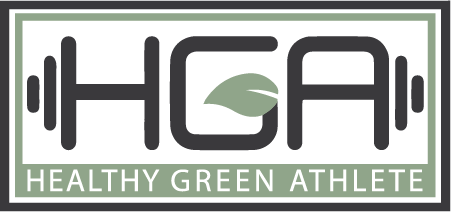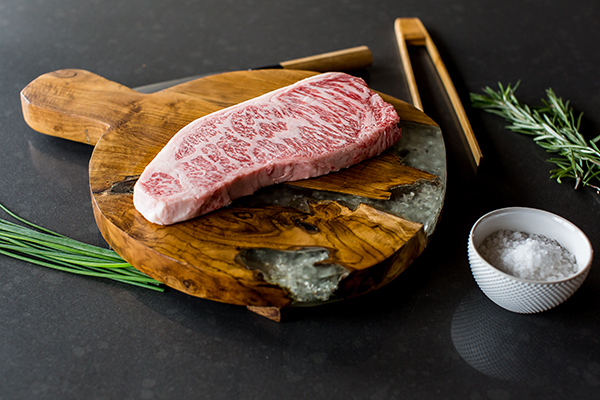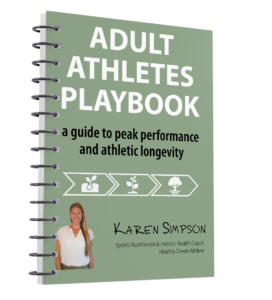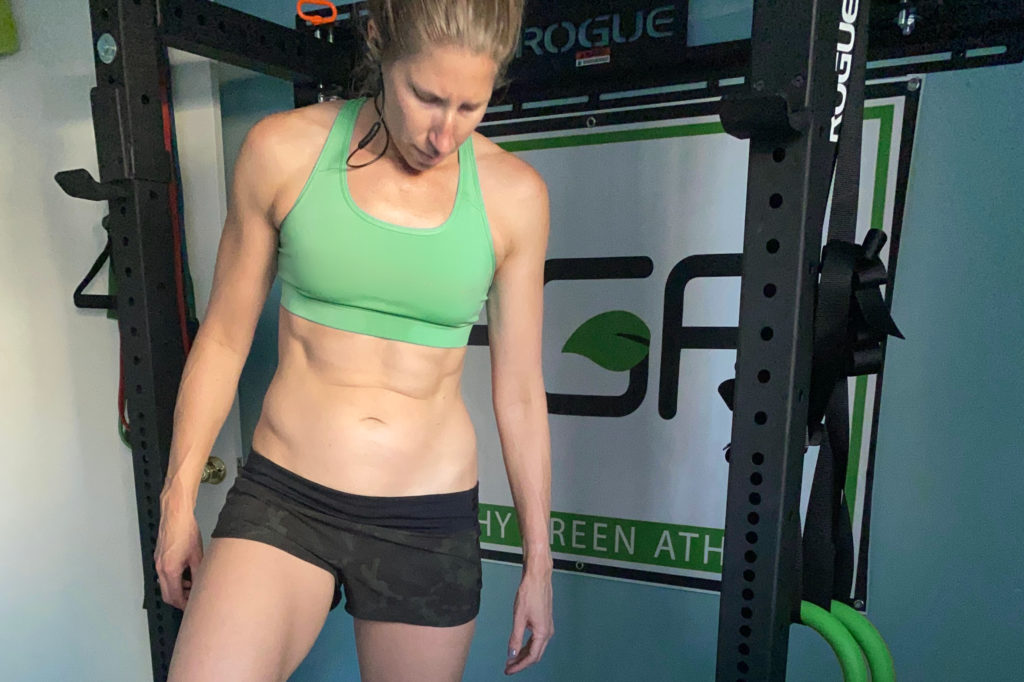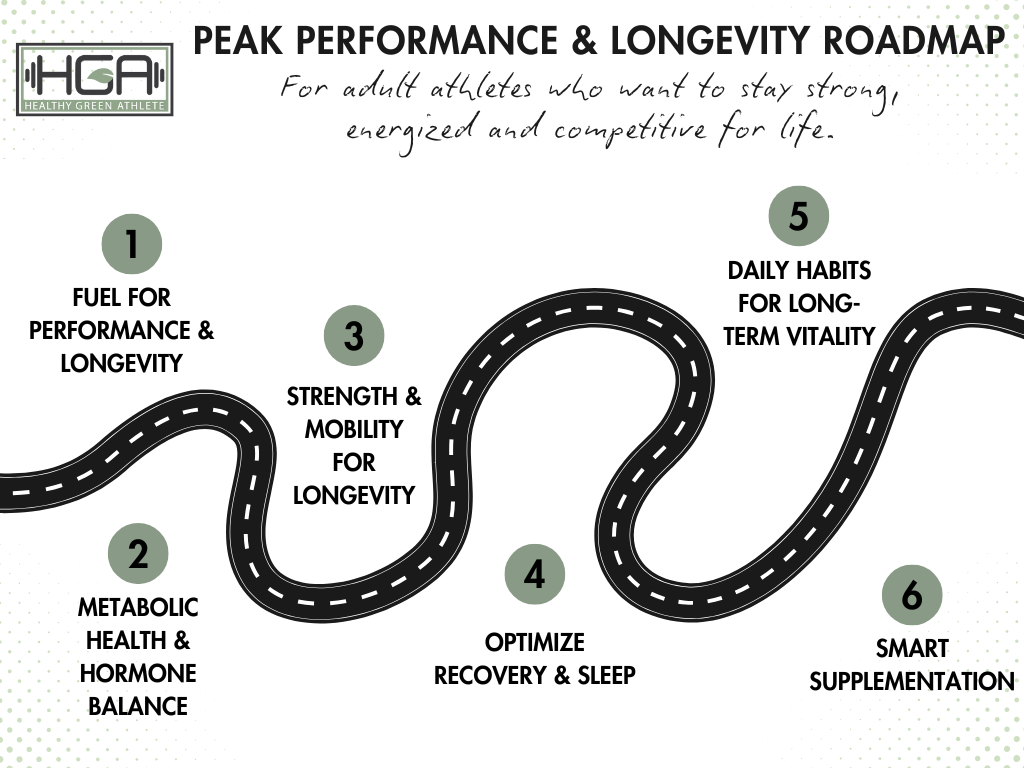This article is a complete guide on how to find the top quality protein whenever you go to a supermarket. Buy only the top quality animal protein from now on. So, let’s get started.
Protein is a macronutrient that is essential to every single cell in the body and is made up of building blocks called amino acids. There are 22 different amino acids found in nature-derived protein compounds, are used in just about every biological pathway in the body.
The role and importance that these essential amino acids have different types of cells has been well-studied and is well documented in both scientific literature and nutrition and cell biology textbooks. There are 3 primary factors that can influence the quality of animal protein sources. These are:
- the environment that the animal was raised (conventionally-raised, cage-free, free-range, wild-caught, etc.),
- the diet or medications that were given to the animal while it was alive (grain-fed, grass-fed, treated with steroids, administered anti-biotics, etc.), and
- how the meat was cleaned, processed and/or preserved to ensure it’s safe for human consumption
If we were living in the age of hunting and gathering, we wouldn’t have to worry about high-quality protein because every animal that we ate would be top-quality. We wouldn’t have to worry about our bacon being treated with nitrates and nitrites, eggs from a chicken that was pumped full of hormones or beef that had been treated with anti-biotics. We also wouldn’t have to worry about preservation of color or freshness because meat didn’t travel long distances and then sit in a grocery store for weeks. Whatever a primitive human hunted, they’d turn into jerky or consume immediately.
The purpose of this post is to sift through the terminology associated with different types of animal proteins so that you know how to differentiate between high-quality protein and low-quality protein.
Terms that describe the animal's environment while alive
Conventionally-Raised
This is the most common type of meat found in the grocery store and is sold at a lower rice point per pound. Conventionally-raised cattle are typically fed a grain-based diet, given growth promoting hormones, and anti-biotics called ionophores. After slaughter, the meat is usually adulterated, which means that some cocktail of artificial colors, additives, preservatives or other artificial ingredients to boost flavor, keep the meat from spoiling on it’s way to the grocery store and to look fresher longer.
Cage-free
This term is typically found on labels of egg cartons and means that the chicken is allowed to freely walk, nest and engage in natural behaviors but doesn’t necessarily mean that they are given access to the outdoors. In fact, most cage-free animals never see the light of day. There is, however, a limit on how many animals can be stocked within a certain sized barn.
Free-range
This term is also found on egg cartons and indicates that the bird has access to an outdoor area for a certain number of hours per day. The amount of time required for them to be outside and the area of outdoor space varies based on the type of certification that they farm obtains. Some certifications don’t specify a minimum amount of time whereas others require at least 6 hours of outdoor time. That outdoor space also doesn’t have to meet any vegetation requirements.
Pasture-raised
In the case of hens, this term means that they are placed out in a pasture for at least 6 hours per day and each hen must have a certain amount of pasture to roam around in (usually at least 108 square feet). The pasture also must be substantially covered with living vegetation.
Sustainably-raised
The definition of this one can get a bit fuzzy, but in general it means that the animal (cow, pig, fish, seafoods, etc.), is free of added hormones and antibiotics AND has been raised with an approach that considers maximum benefits to the environment, society and the economy. It also considers the well-being of the animal as well as the well-being of the consumer that consumed the meat of that animal.
Farm-raised
This term is typically used to describe fish that have been raised in controlled pens (an area of the food industry referred to as aquaculture). These pens can exist within the natural aquatic environment or in large tanks. Farm-raised fish make up about 90% of the fish consumption in the US, so unless the package or menu states otherwise, you’re likely consuming farm-raised fish. While this practice can be considered beneficial because it prevents overfishing, farm-raised fish tend to have higher levels of PCBs in their tissues than wild-caught. And since these water farms are controlled by farmers, the fish are often treated with hormones and anti-biotics and fed food that is different than what they would eat in the wild. They also tend to be lower in the beneficial Omega-3 fatty acids since they aren’t consuming the same diet as their wild-caught friends.
Not all farms are created equal, though. Some aquaculture facilities do provide a “wild-ish” environment and diet to the fish to ensure sustainability and optimum nutritional benefits to those who consume them.
Wild-caught
This term is also used to describe fish and seafood, and essentially means that the organism was caught in their natural environment by a commercial fisherman or shellfisherman via nets, traps or fishing lines. The main benefit to these fish is that you know what to expect since they are allowed to consume their natural diet and roam in their natural habitats. These fish can also accumulate PCBs in their tissues depending on where they are in the food chain and the quality of environmental conditions that they and their food were exposed to.
Terms that describe the animal's diet while alive
Grain-fed
This term is often associated with foods that are derived from cows and poultry. A grain-fed animal is one who’s diet primarily consists of corn and soy. These animals are typically conventionally raised and are kept in feedlots for the majority of their life. These animals have found to contain more fat and less nutritional value than grass-fed animals.
Grass-fed
Grass fed animals are those who’s diet consists of natural vegetation either because they are raised in a pasture and allowed to graze, or are fed grass, herbs or other vegetation. The meat, milk and eggs from grass-fed animals has been found to be leaner and more nutritious than grain-fed. Grass-fed beef has higher levels of Vitamins (Bs, A and E), iron, selenium, and zinc. It also contains high-quality proteins such as creatine and carnosine which are both super important for supporting healthy muscles and the brain. Grass-fed beef also contains much higher levels of anti-oxidants than grain-fed.
Organic
This term means that the animal was raised in living conditions close to their natural behaviors and fed a diet that the animal ate was free from chemicals. This means that the feed and vegetation provided to the animal have not been treated with pesticides, grown with synthetic fertilizers or been genetically engineered in any way. Organic also means that the animal hasn’t been administered hormones or antibiotics.
Terms that describe how the meat is processed
Hormone free
There are seven (7) different types of hormones that have been approved by the FDA for use in animals that are used for food. These include 3 naturally occurring hormones (estradiol, testosterone and progesterone), and 4 synthetic hormones (trenbolone acetate, zeranol, melengestrol acetate and bovine somatotropin). Even though these compounds are approved by the FDA, the risks of exposure in the human body are poorly understood – especially with the synthetic ones.
Antibiotic free
When an animal that was raised for the sole purpose of food production gets sick, that can significantly impact the profits made from that animal. The solution to this is to administer anti-biotics to animals in order to prevent disease and infection, and to promote growth of the animal. Sometimes these antibiotics are added to the animals feed or water, and other times they are injected or implanted into the animal. When a human consumes a food product from an animal that was treated with anti-biotics, these compounds can destroy beneficial bacteria in the human gut. The term-antibiotic free means that the animal was not administered anti-biotics during it’s lifecycle.
Uncured
Technically, all meats are cured because it means to preserve. Some meats are preserved using chemicals and additives (such as nitrates and nitrites) while others are preserved using natural methods such as salt and flavorings (such as beet extract and parsley). Uncured is a marketing term on many processed meats that is used to inform you that the product has been cured by natural means.
No added Nitrite/Nitrate
This one can be confusing because nitrites and nitrates are naturally occurring compounds that contain oxygen and nitrogen.
There is no such thing as a nitrate/nitrite free food because most foods have a natural level of them. Nitrates are present in the soil where vegetables grow and and nitrites are formed when bacteria decompose organic matter.
Potassium nitrate and sodium nitrite are 2 popular natural preservatives that are legal and natural preservatives found in processed meats like bacon, ham, salami, and some kinds of cheese.
These compounds have been identified as carcinogenic because when animal products are exposed to high heat, the nitrites and nitrites are converted to nitrosamines – a compound that has been found to cause the cancer. This has not found to be the case with nitrates/nitrites found in vegetables.
What terms are used to define high-quality protein?
When it comes to high-quality protein, you want to choose options that have been raised in an environment that is closest to their natural habitat as possible, that have been minimally treated with hormones and anti-biotics, and that haven’t been pumped full of artificial ingredients.
Opt for grass-fed over grain-fed, pasture-raised over conventionally-raised and wild-caught over farm-raised. When it comes to land-based animals, the best quality you can find would be labeled organic, grass-fed, hormone-free, anti-biotic free and pasture-raised.
When it comes to water-based animals, farm-raised isn’t necessarily a bad thing but if you don’t know anything about the diet or conditions of the fish or seafood it’s probably best to choose wild-caught.
Say goodbye to mystery meat
High-quality protein can be found in most grocery stores. Some even have a dedicated section for the higher quality (and higher-priced) meat. But, the hands-down best place to buy high quality meat is by ordering through Crowd Cow – which eliminates the middle man (the grocery store) and ships meat directly from the farm to your door.
With Crowd Cow, you know EXACTLY how the animal was raised, what it was fed, and how it was cut and prepared. They offer an amazing selection of high-quality animals from both land and sea, and even have some plant-based options available. They also offer many high-quality products that you likely won’t find at your local grocery store such as wild boar sausage, pasture-raised bison, and Japanese Waygu.
….please hold on while I wipe the drool off my face because I ain’t done talking about this amazing company!
Their sustainable seafood selection is also top notch. I’m a huge fan of their “Viking Seas Pack” which includes Wild Icelandic Red Fish and Wild Icelandic Wolffish.
I will admit that high-quality meat is always going to be more expensive than lower-quality meat but there are several ways to save some serious money with Crowd Cow – which ultimately makes it cheaper per pound than buying at anything considered “high-quality” at the grocery store. Here’s how you can save some coin:
1. Use this link and the promo code POTP for $25 off your first order.
2. Join the herd (their membership program) and get an additional 5% off.
3. Stock up! Meet the minimum spend and they will cover your shipping and usually throw in a free item. Each month their promo deals are different so feel free to keep checking them. I just placed an order for $100 and I got a free pound of ground Wagyu beef.
**To help support this blog, this post contains affiliate links and I will be compensated if you make a purchase after clicking them.
